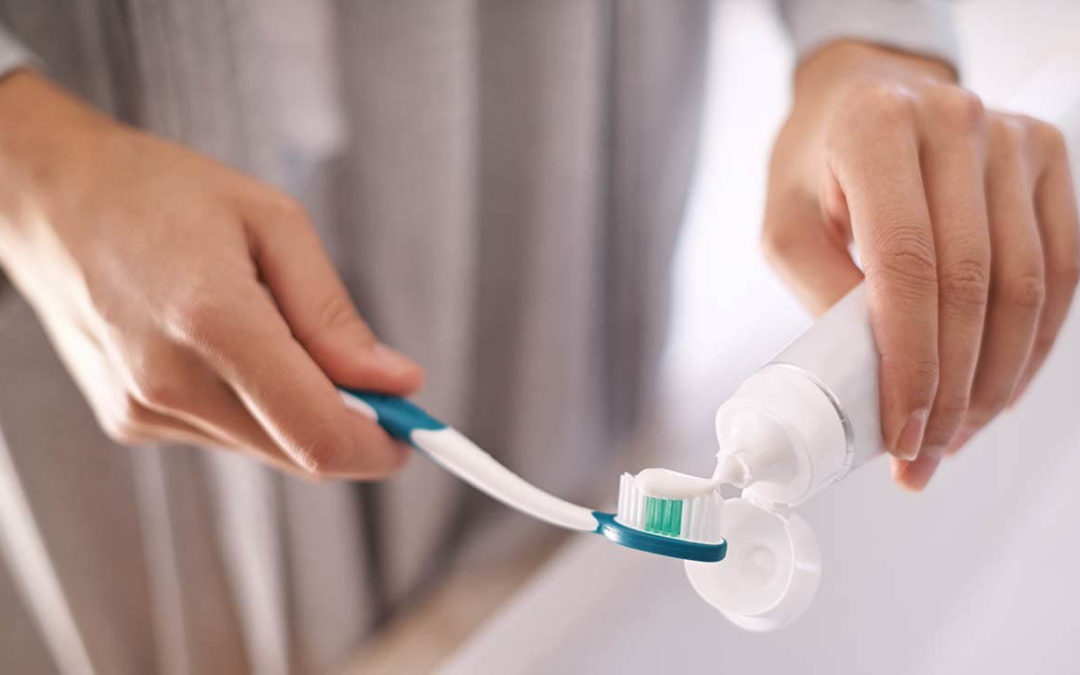How Much Toothpaste should I use when I brush?
This may seem like a stupid question, but it’s one that many people get wrong. Let’s lay out the facts and actually figure out how much toothpaste is the correct amount for quality oral hygiene. We’ll take out the guesswork and the anecdotes and stick to the hard science.
First off, recommendations for children are going to be different than those for adults, that also why children have special toothpaste. This is mostly because it’s harder for a child to avoid swallowing the paste, so most toothpaste for children is formulated with the inevitable consumption in mind. If you had a two-year-old a brush with big dollop of sweet, fruit or candy flavored toothpaste on it, you shouldn’t be surprised when they eat it all. The CDC estimates that 40% of children from age 3-6 use too much toothpaste.
The CDC has a few metrics for amount of paste placed on a brush. They are:
- Smear (12.4% of respondents)
- Pea-sized amount (49.2% of respondents)
- Half-load (20.6% of respondents)
- Full-load (17.8% of respondents)
And here are the CDC’s recommendations for children:
The “CDC recommends that children begin using fluoride toothpaste at age 2 years. Children aged <3 years should use a smear the size of a rice grain, and children aged >3 years should use no more than a pea-sized amount (0.25 g) until age 6 years, by which time the swallowing reflex has developed sufficiently to prevent inadvertent ingestion.”
Here is a USA Today article on the CDC findings. Children are very likely to consume toothpaste, so they should have very very little on their brushes, and as they age they can have more toothpaste of their brush, but more paste does not lead to healthier teeth, in some cases the opposite is true. For anyone, child or adult, the CDC does not recommend more than a pea-sized amount.
Adult mouths are very similar to child mouths, they are just more capable of avoiding swallowing potentially toxic toothpaste. There are even some dentists that don’t recommend toothpaste at all because of its abrasive potential. I’m not here to completely bash toothpaste, so I’ll just link to the Huffington Post article on the subject if you’re interested in further reading.
So, now for the firm verdict: No more than a pea-sized amount of toothpaste.

